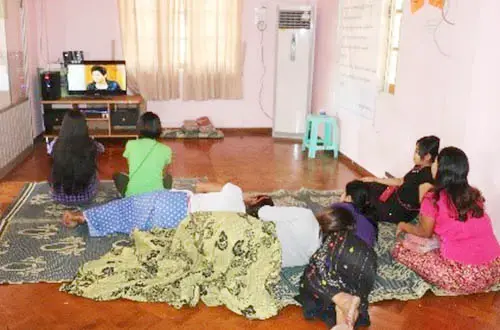Yangon - The 2014 Facility Assessment for Reproductive Health Commodities and Services is the first report of its kind in Myanmar. It is the result of a nation-wide survey, which covered almost 30% (408 out of 2,321) of all Myanmar’s health facilities at the tertiary, secondary as well as primary levels in every State and Region of the country. The Departments of Medical Research and Reproductive and Maternal Health Division (MRH) of the Department of Public Health, with technical support from UNFPA, collaborated on the survey and report. The survey was conducted using global standard tools and was supported by UNFPA’s Supplies Programme, formerly the UNFPA Global Programme to Enhance Reproductive Health Commodity Security (GPRHCS). Myanmar is one of 47 countries that are part of this programme.
The survey provides evidence-based information for health system strengthening including supply chain management and the provision of quality reproductive health commodities and services. Key findings included that more than 90% of health facilities provided at least one of three types of reproductive health services. Almost all items of RH medicines were lacking in one-third of health facilities. There was a large disparity in the availability of at least 5 contraceptive methods in rural and urban areas at 75% and 38% respectively, as well as the availability of RH medicines at different levels of health facilities. Findings also included the level and duration of stock outs. The report will be invaluable in the country’s continued efforts to reduce Maternal Mortality Rates, Under 5 Mortality Rates and Infant Mortality Rates.
The survey was undertaken: 1) To assess availability, utilisation and supply chain management systems for RH commodities at different levels of health facilities; 2) To assess the quality of RH services with an emphasis on family planning in terms of training, supervision, use of guidelines and the availability of Information, Communication and Technology (ICT) for basic health staff; and 3) To determine clients’ accessibility to RH services at different levels of facilities.
To view the report, please visit here.




